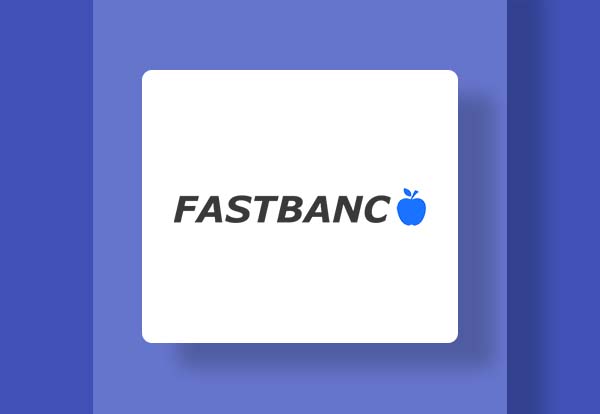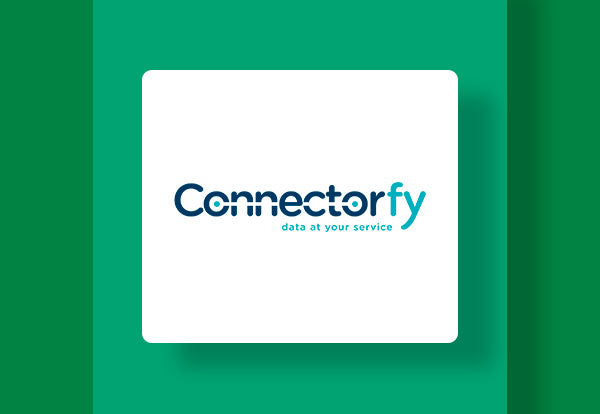Conducting regular customer relationship assessments offers benefits both in terms of demonstrating our commitment and in customer loyalty .
This practice allows for an objective evaluation of the products and services provided, facilitating the implementation of improvements. In addition, it can be a valuable tool for identifying new business opportunities .
What is NPS?
NPS, or Net Promoter Score, is a tool that assesses customer satisfaction through a clear and direct question.
It consists of the customer rating our service from 0 to 10 by answering the following question: "How likely are you to recommend our service to someone you know?" This indicator addresses the two essential questions we initially highlighted: whether the customer is satisfied and whether they would recommend us to others.
How to calculate NPS?
The NPS works on a response scale of 1 to 10. On this response scale, 1 would be “not at all likely” and 10 would be “very likely.”
Depending on the results, we can classify clients into three large groups:
-
Customers who have responded by assigning 9 or 10 points are called promoters . In other words, they are very satisfied and loyal customers to the company. This group of customers could generate very positive word of mouth.
-
Customers who have responded by assigning 7 or 8 points will be passive or indifferent . They are the customers who show a more passive behavior. They may be satisfied, but they are not loyal and could at some point stop using our services.
-
And those who have assigned 6 points or less will be detractors . These are dissatisfied customers, with an almost zero probability of recommendation and who could generate negative word of mouth, generating a bad reputation for the company.
To calculate the NPS we must apply the following formula:
NPS = % promoters - % detractors
The NPS result will allow us to know the level of satisfaction of our customers . For example, if you ask 100 customers and the result includes 60 promoters, 30 passives and 10 detractors, the NPS will be 50.
Main advantages of NPS
-
Allows you to have a clear objective
-
It is an easy-to-understand system and provides valuable information.
-
Little margin for error .
-
Easy interpretation .
-
Maintains anonymity , which encourages a higher response rate and more honest information
-
Rapid implementation .
-
Possibility of carrying out at zero cost .
-
The information obtained is helpful in making decisions .
When is the best time to conduct a survey?
The timing of an NPS survey can influence the outcome. For example, if you send a survey immediately after winning a case, customers will be more likely to give a positive response than if you send a survey immediately after losing or receiving a bill.
In the case of recurring fees for accounting, tax and labor advice, we recommend making one per semester (for example, during the months of June and December).
What to do if you have a low NPS?
Negative feedback can hurt, but it's actually one of the most valuable tools available to your business – if you know what's going on, you can fix it, but if you never find out, you could be missing out on positive reviews and referrals without even knowing it.
What is an optimal ratio for the legal and accounting sector?
The NPS in the legal sector in the US is around 25. I consider this to be a low figure for a comparison with the accounting, tax and labour sector in Spain, where it is a recurring and highly trusted job. Based on my experience, I believe that the NPS should be around 60 to 80 .







